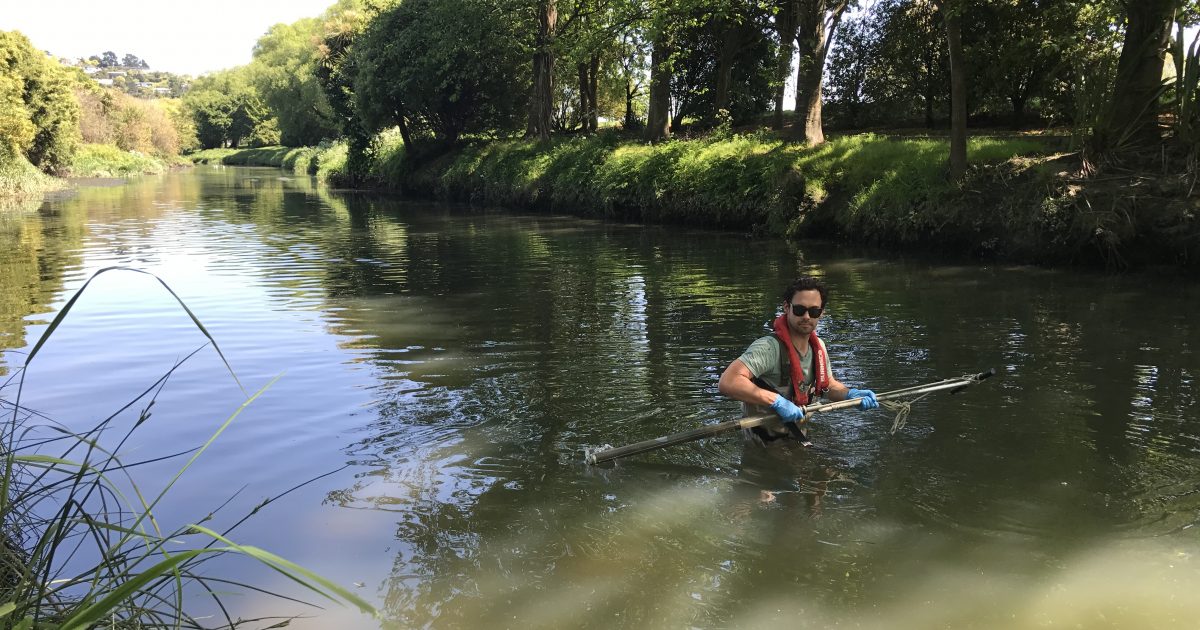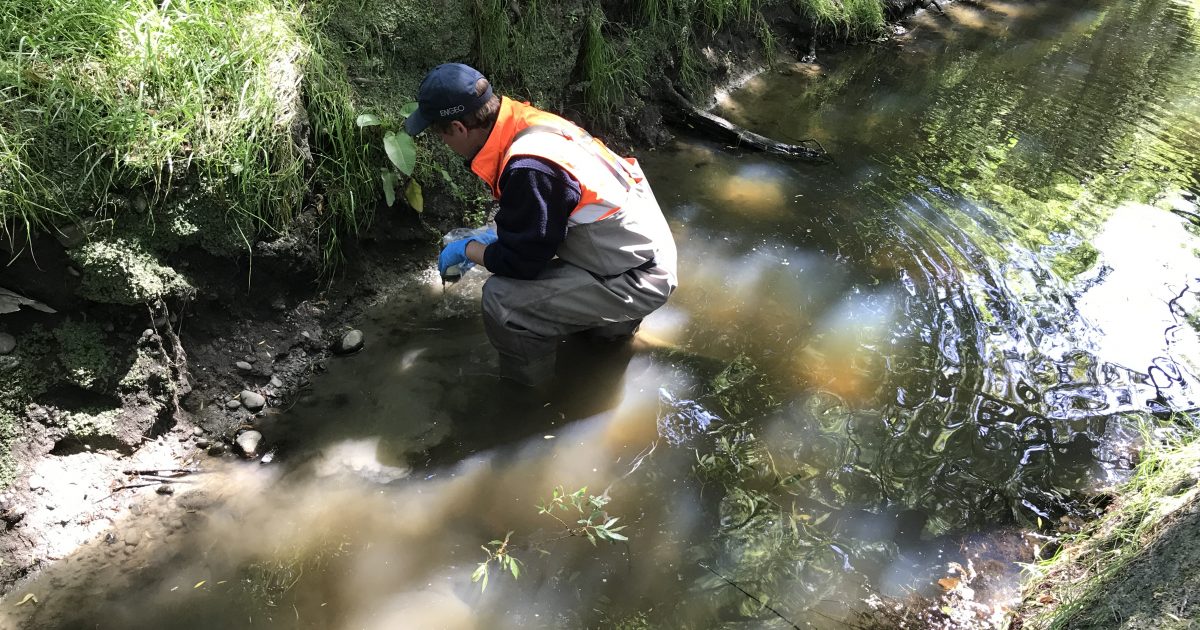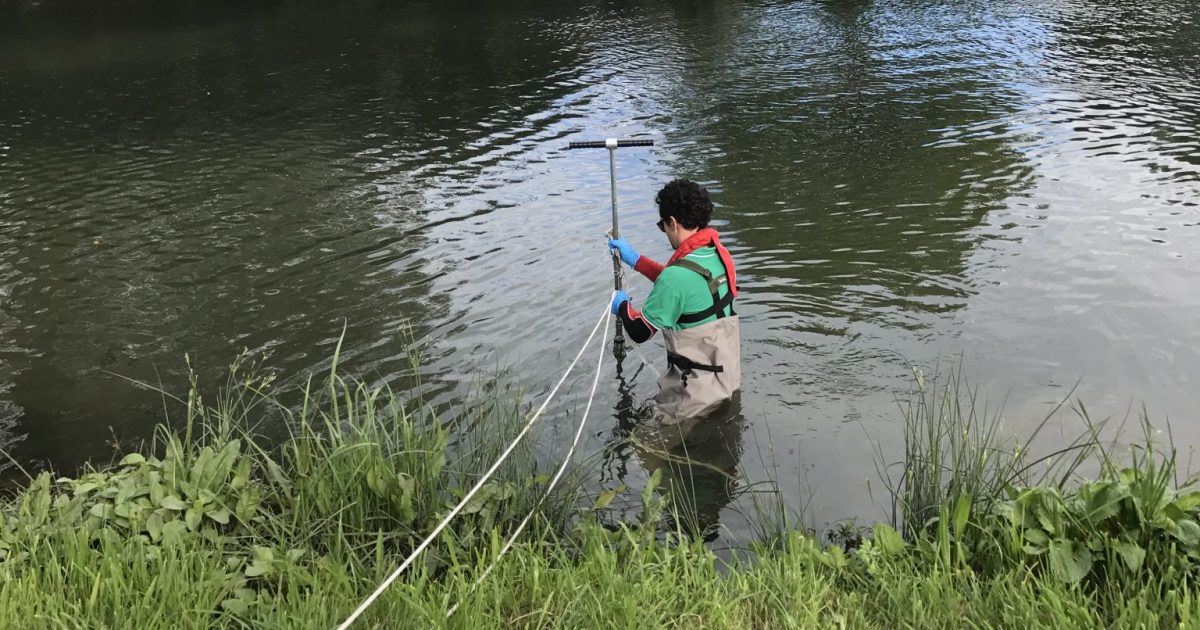ENGEO executed the most extensive catchment sediment assessment Christchurch has seen to date, involving 10km of the Ōpāwaho (Heathcote) River. The project included other watercourses: Curletts Stream, Paparua/Hayton’s Drain, and the Wigram Retention.
Extending approximately 25.5 km, the Ōpāwaho (Heathcote) River lies within the boundaries of Christchurch. Before urbanisation, the Heathcote River expanded across extensive wetlands but now flows within the limits of Christchurch, around the base of the port hills, before draining into the Avon Heathcote Estuary.
Ō-pā-waho is the Maori name for the Heathcote River and means Outpost pā. It refers to a pā sited just downstream of the present Opawa Road Bridge. The Ōpāwaho was a vital mahinga kai, a source of plentiful food, especially tuere (blind eel) and kanakana (lamprey).

ENGEO focused on how the surrounding environment directly affected the Ōpāwaho (Heathcote) River System and completed the first dredge of this specific river system in 30 years. The team’s main focus was to identify the sources of current contamination and to provide disposal recommendations and site management procedures.

Working in such a public area proved to have its problems, with several air monitors disappearing. The site itself also proved a challenge with the team working to avoid getting stuck in silt while sampling through gravel, all while avoiding rushing water, bacteria, and the havoc caused by the Christchurch wildlife.

The presence of asbestos, and other potential contaminants, did not scare away this team, who sampled through 1-2 metres of water, over an undulating and often invisible river bed, to produce 250 sediment samples and 300 asbestos air samples.
The client received high-quality sampling work, asbestos air concentration predictions, and the identification of the source of polycyclic aromatic hydrocarbon (PAH) concentrations in the river, from a former gasworks just over 1km away. In the end, the majority of contamination encountered was from human activity. This team went above and beyond and saved the client a higher potential cost in disposal fees by also completing an asbestos pilot dredging study and asbestos risk assessment.
ENGEO Project Team: Daniel Kaminski, Gareth Oddy, Hugh Brenstrum, Jimmy Whitmore, Jonathan Hupman and Natalie Flatman.